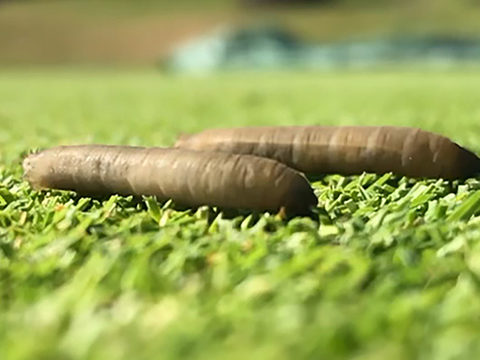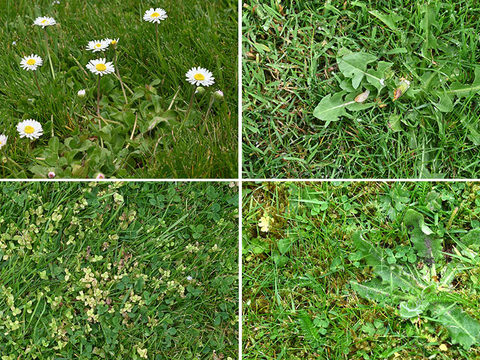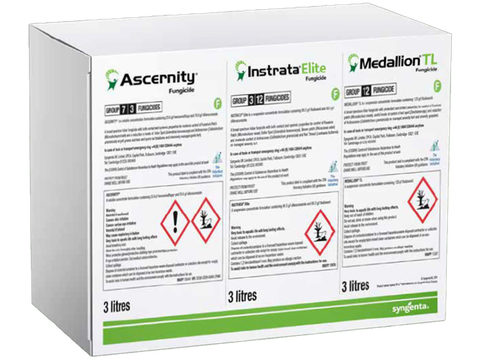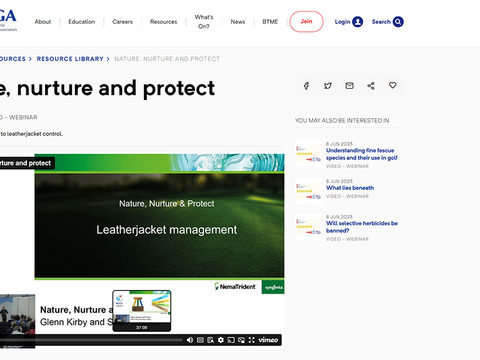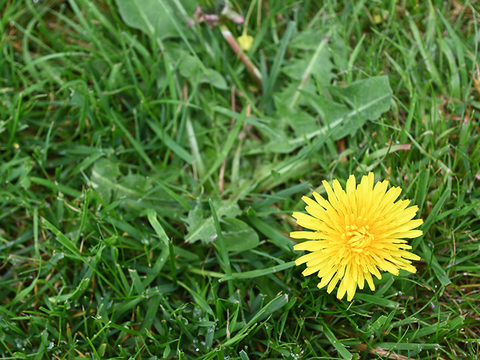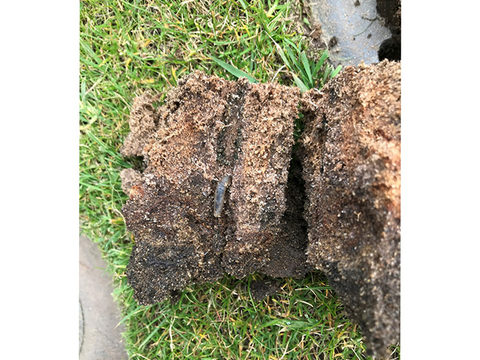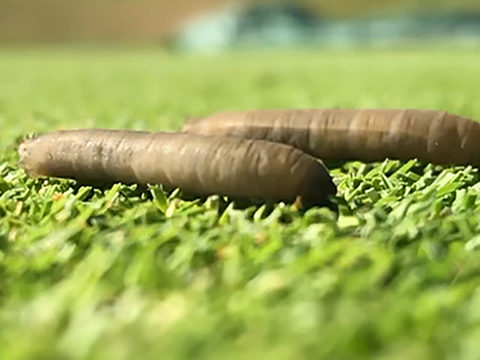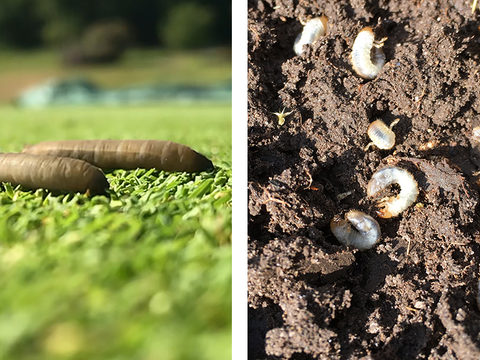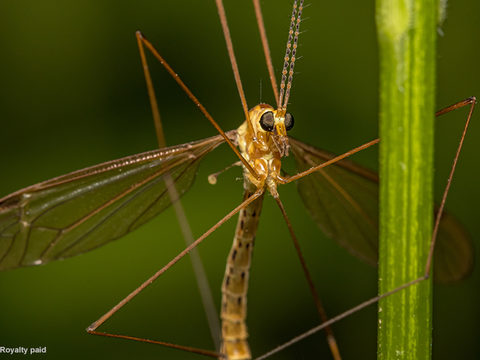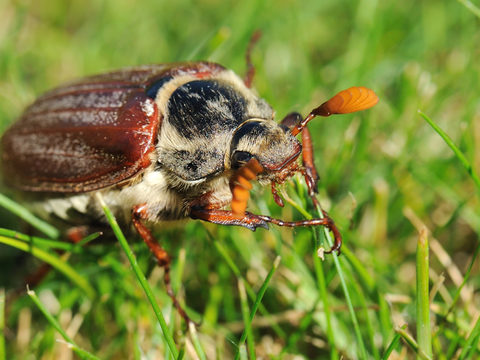GreenCast in UK and Ireland - October heat to keep grass growing

October should herald the arrival of autumn - and with it cooling, wetter weather. But a review of weather patterns over the past four decades clearly highlight that conditions are typically three to four degrees warmer. And the trend for warmer temperatures is continuing right through the autumn and early winter (Table 1).
1981 | 1991 | 2001 | 2011 | |||||
Temp °C | Rainfall mm | Temp °C | Rainfall mm | Temp °C | Rainfall mm | Temp °C | Rainfall mm | |
Oct | 6.9 | 154 | 9.0 | 104 | 12.2 | 165 | 11.3 | 123 |
Nov | 6.5 | 123 | 5.7 | 135 | 6.8 | 95 | 8.7 | 101 |
Dec | 0.1 | 86 | 4.4 | 81 | 3.2 | 70 | 4.8 | 169 |
Autumn av | 8.8 | 446 | 9.3 | 322 | 10.5 | 349 | 11.3 | 332 |
Winter av | 3.8 | 292 | 2.6 | 304 | 3.6 | 329 | 4.6* | 339* |
Table 1: Average UK temperatures and rainfall, showing trend of warmer and wet conditions that are changing turf growth patterns and are highly conducive to disease. * Winter 2011/12 | ||||||||
Rising temperatures have significant implications for turf managers; combined with wet, dewy mornings, frequent rainfall and reduced opportunities for mowing, Primo Maxx growth regulator programmes may need to continue for longer - at least until soil temperatures decline and active growth slows.
GreenCast historic disease records show that typically half of October days will see significant rain and heavy dews almost every morning, creating increasing risk of Microdochium (Fusarium) Patch outbreak during the month - as seen last year (Fig 1). Periods of disease pressure could see infection symptoms break out on the more susceptible turf surfaces, especiallyPoa annuadominant greens, or areas with weak lush growth, restricted air flow, deep thatch or that tend to remain wet for extended periods.
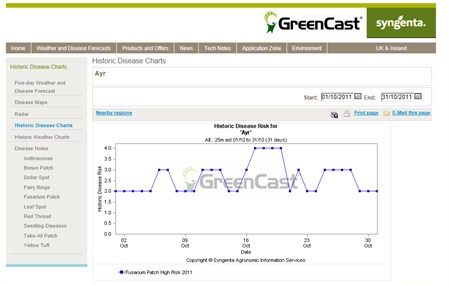
Fig 1. October 2011 highlighted the conditions conducive to Microdochium Patch. With predictive disease forecasts, turf managers can time fungicide applications to cover periods of high risk.
Early reports this season are that the Microdochium nivale pathogen has rumbled along through the relatively cool and dull summer conditions, with potential to flare up when triggered by rainfall and changes in temperature. Whilst turf is still actively growing, Banner Maxx will provide fast moving systemic protection, to prevent loss of turf quality.
If weather conditions have precluded a preventative application when GreenCast has identified a high risk period, or disease infection is visible on the surface, the multi-active Instrata would be the best choice to minimise further disease activity and spread.
As growing conditions slow further, the contact+Medallion TL will be more appropriate to reduce the pathogen presence in the thatch and protect the leaf through the cold weather when the grass plant is dormant. But the experience of 2011 highlights that such cold weather may notarrive until well into December. Monitoring soil temperatures and recording clipping yields from greens' mowing will give a good indication of declining turf growth rates and the appropriate time to switch from systemic to contact+ activity.
Autumn nutrition
With the exceptional rainfall over the summer leaching nutrients and the high levels of turf growth, there is a real risk of nutrient deficiencies and turf stress if growth is extended this autumn. However, turf managers must balance that against the need to avoid encouraging soft growth susceptible to disease attack.
Greenmaster Liquid fertilisers give a quick release of a small amount of of nutrient, enabling applications to be more effectively matched to growing conditions. Using a High K fertiliser in October has been shown to help build root reserves of carbohydrates and prepare turf plants for the rigours of winter.
October Top Tips
- Watch out for Microdochium Patch infection
- Keep turf surfaces dry
- Manage nutrition to avoid lush growth
- Use GreenCast to predict disease risk

